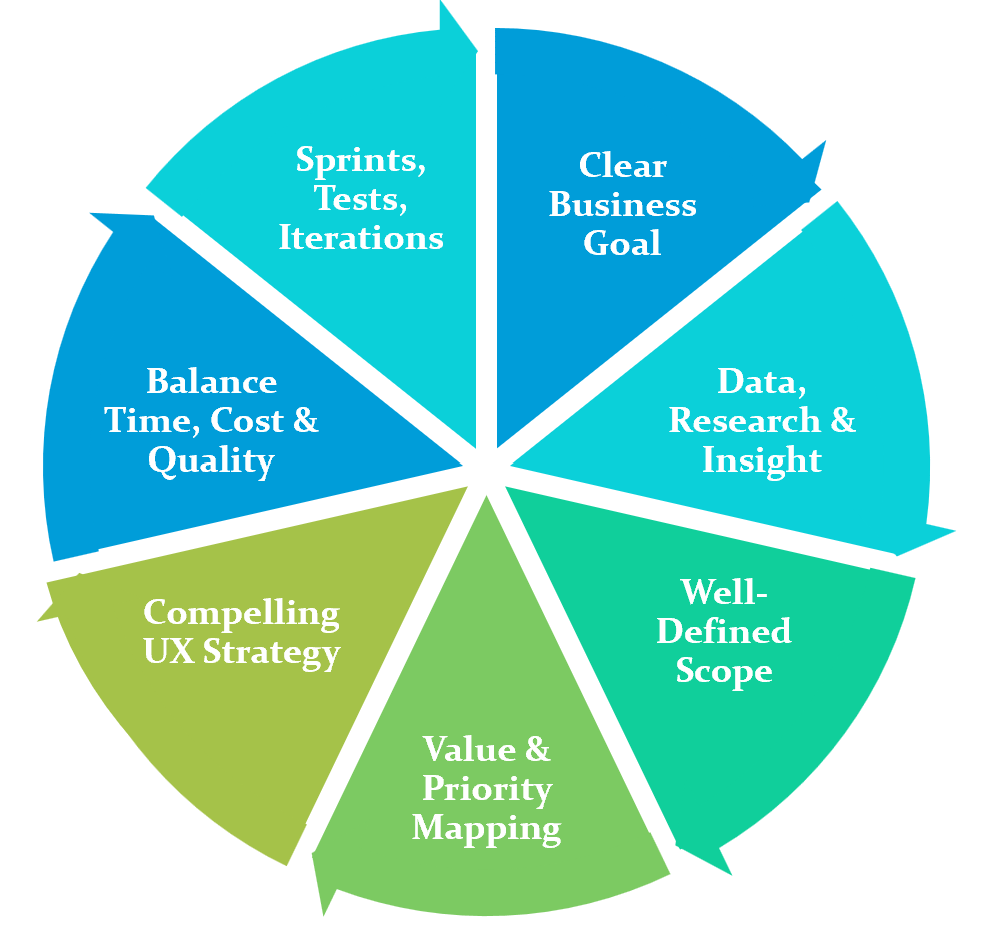
For the 2024 election, people have a broad range of viewpoints and judgments. For some, the outcome of the election is considered a turning point and for others it was a day of reckoning.
Whether people consider the political event as being affirming or distressing, there are significant aftereffects that should be dissected to further enlighten us.
While a national election does not have a direct correlation to digital branding (as marketers are not handling crime, federal regulations, identity politics, economic policies, global conflicts, etc.), we can examine how two parties presented their messaging to America and glean how well they ‘broke through’ and engaged the voters.
Brands need to dismantle the candidates’ communication and persuasion style to understand which of them had an impact and compelled a favorable vote.
THE CRUX OF A WINNING FORMULA
Immerse in the data, which entails penetrating research, in-depth analysis, full-scale planning, and persistent execution.
There are two critical forms of digital currency – audience attention and business data.
Attention is limited. It is either goal-driven or stimulus-driven. Words must be articulated based on one of those drivers. And there are certain messaging inputs that help to capture attention including creating contrast, reiteration, and being memorable.
Continue reading “A Defining Moment – Digital Strategy Insights from the Presidential Election”









